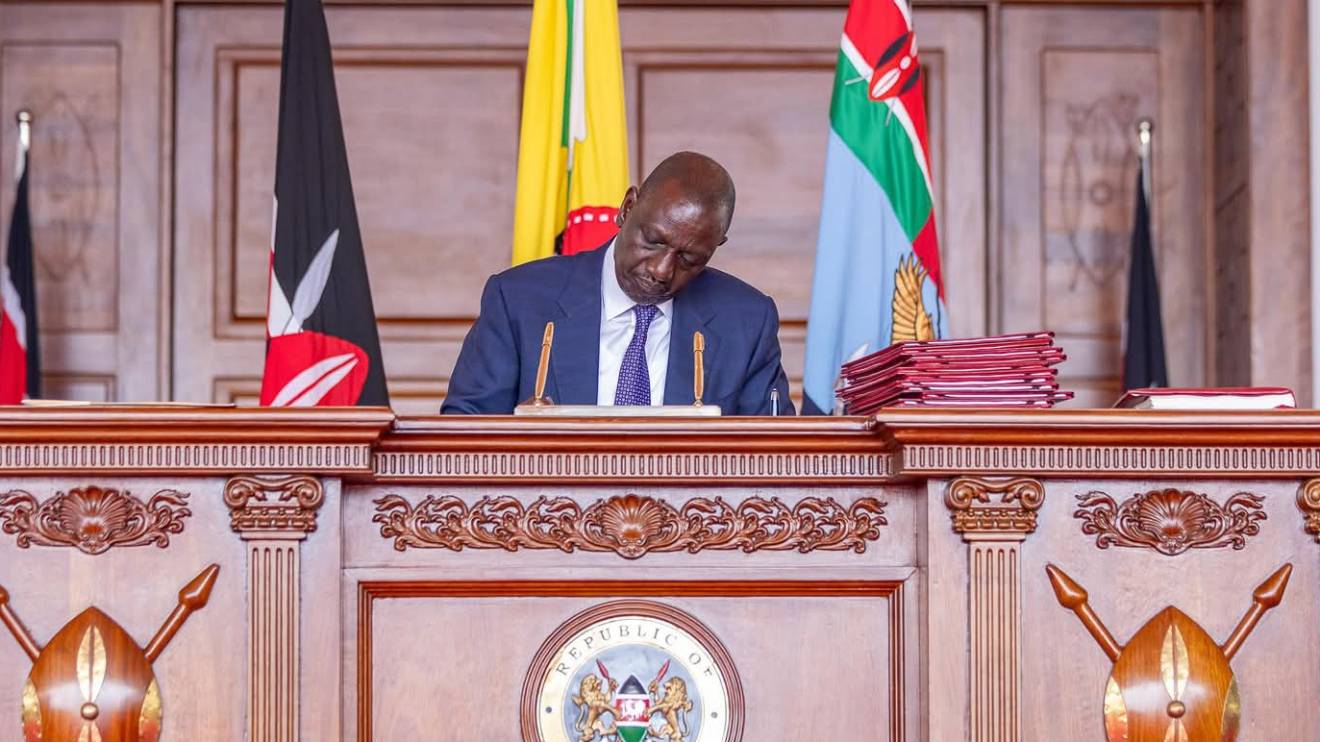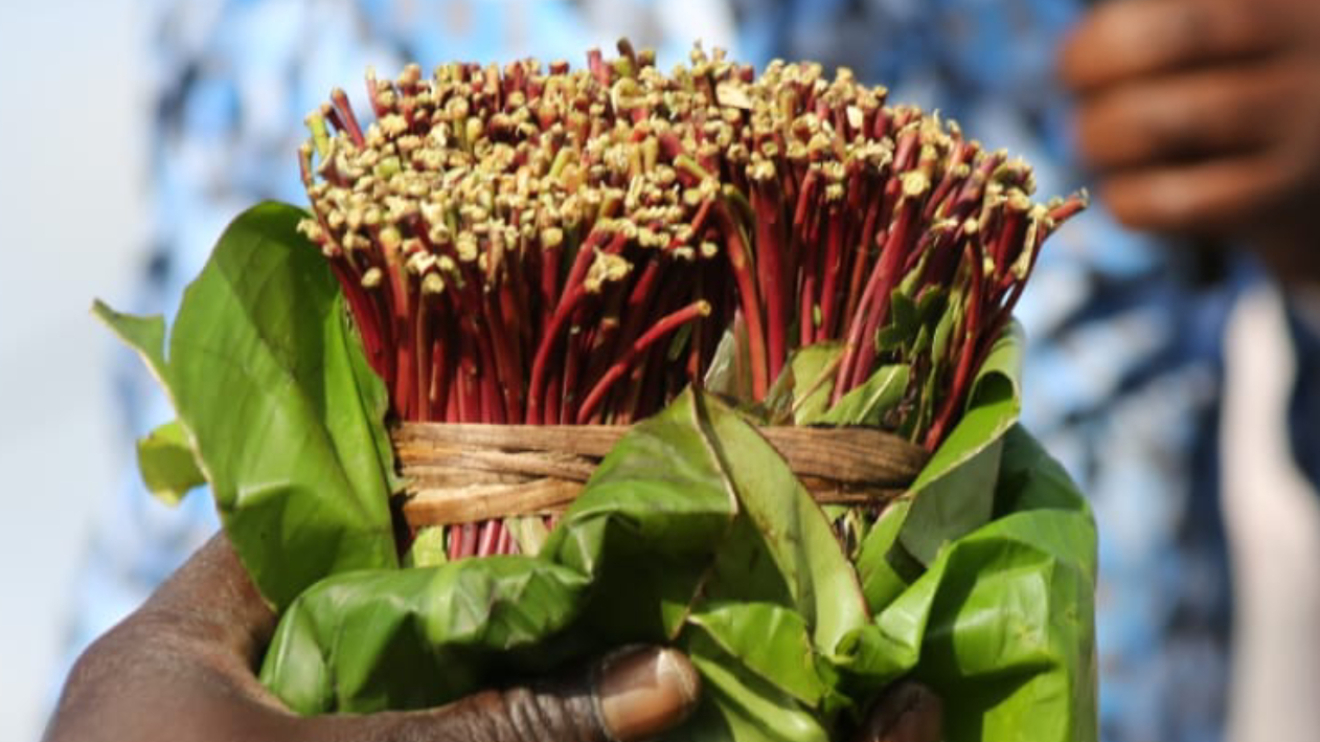The Council of Governors (CoG) has formally requested the national government to allocate a significant portion of the National Contingency Fund for the purpose of preparedness and response activities concerning the impending El Niño weather phenomenon.
CoG Chair Anne Waiguru emphasized the urgent need for financial resources and comprehensive plans during a meeting with Deputy President Rigathi Gachagua to address the potential impacts of El Niño.
During the meeting held at the Deputy President's official residence in Karen, Waiguru expressed deep concern about the limited financial capacity of counties to mitigate and respond to El Niño disasters.
She revealed that collectively, counties have only set aside approximately Sh1 billion in their budgets for El Niño disaster mitigation and response efforts.
In light of the anticipated heavy rains, she stressed the necessity of mobilizing more resources to avert potential havoc.
Read More
Waiguru called upon the National Treasury to release the outstanding balances of the County Governments' equitable share of the revenue for the months of August and September 2023, totalling Sh35.24 billion.
This financial infusion is crucial to enable counties to adequately prepare for the impending El Niño, which could necessitate the evacuation of residents from flood-prone areas.
.jpg)
The CoG Chair highlighted the importance of identifying and equipping evacuation centres with essential resources such as shelter, food, and medical care to accommodate those affected by the anticipated rains.
"We recognize that managing the impacts of El Niño requires resources. We will actively engage with the national government, development partners, and the private sector to ensure that the necessary funds and resources are available to support our preparedness and response efforts," Waiguru stated.
Counties, she added, will prioritize reinforcing vulnerable infrastructure, including roads, bridges, and drainage systems, to enhance their resilience during the impending El Niño.
Waiguru also emphasized the need for public awareness and education campaigns to inform citizens about the risks associated with El Niño and how to protect themselves during such events.
She reassured the public, saying, "We are committed to working with the National Government Administration Officers at the county level to have aligned reporting and documentation of all related events during and after El Niño."
Waiguru expressed the CoG's commitment to minimizing the impact of the El Niño weather phenomenon on communities.
She painted a vision of a Kenya where families, farmers, business owners, students, and leaders can face nature's fury with confidence.
"We envision a Kenya where every mother can assure her child that when the rains come, they will be safe; where every farmer can look up to the skies without the dread of loss; where every business owner, student, and leader knows that they are not alone in the face of nature's fury," the governor added.
The CoG Chair disclosed that the meeting was convened to prepare for the impending El Niño, focusing on saving lives and livelihoods across various sectors, including social protection, health, nutrition, agriculture, education, livestock, and peace and security.
She revealed that 23 counties have already completed their risk analysis and mitigation plans, while the rest are in the final stages of finalizing them.
Waiguru concluded by emphasizing the urgent need for immediate action at the local level.
She urged authorities to unclog drainages and implement recovery strategies to prevent suffering and loss of life, demonstrating a collective commitment to address the looming El Niño crisis.
The Council of Governors' call for increased funding and preparedness marks a critical step in safeguarding the nation against the potential consequences of the El Niño phenomenon.

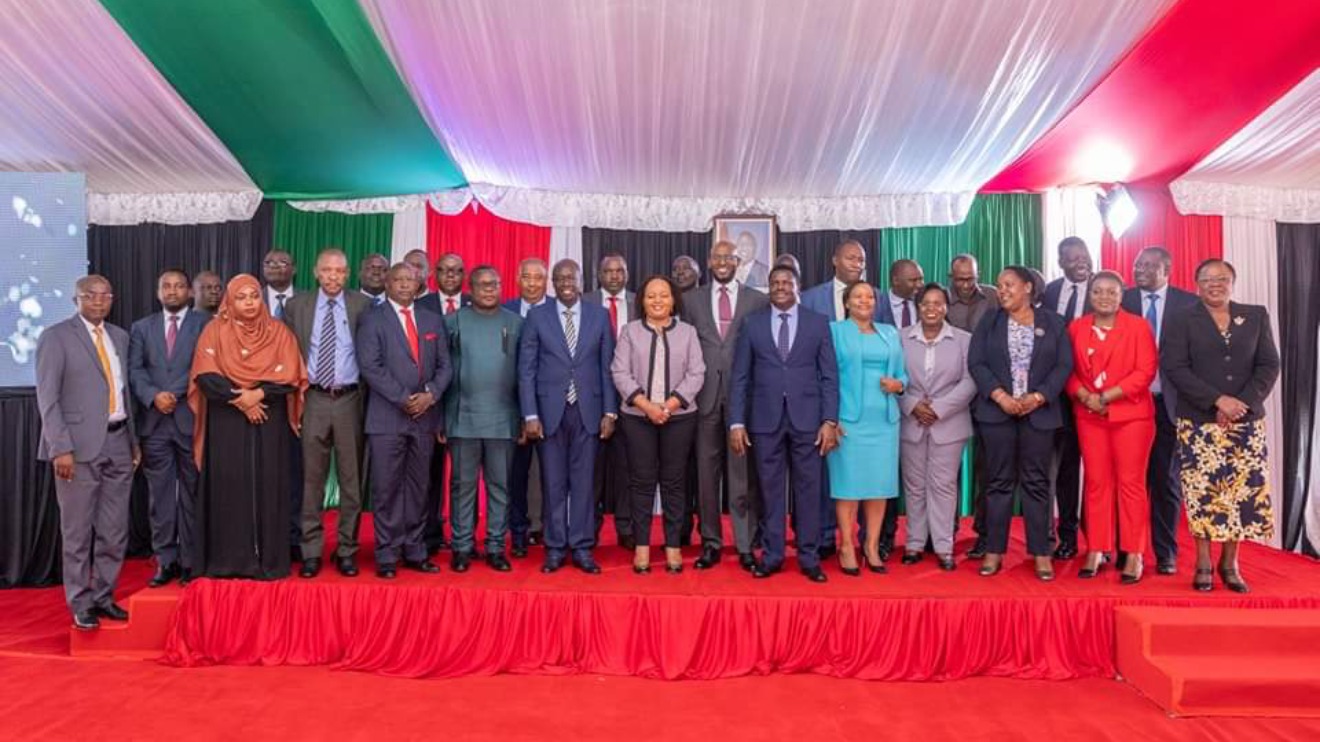
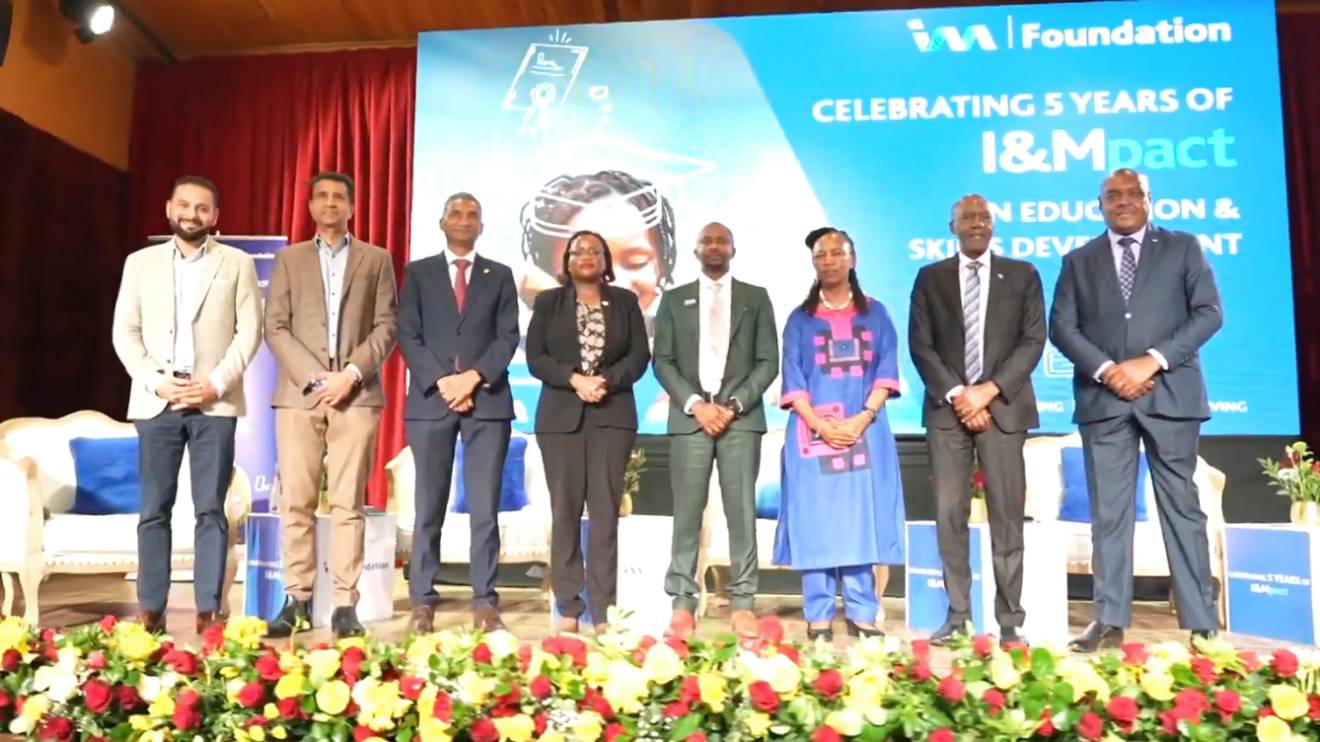

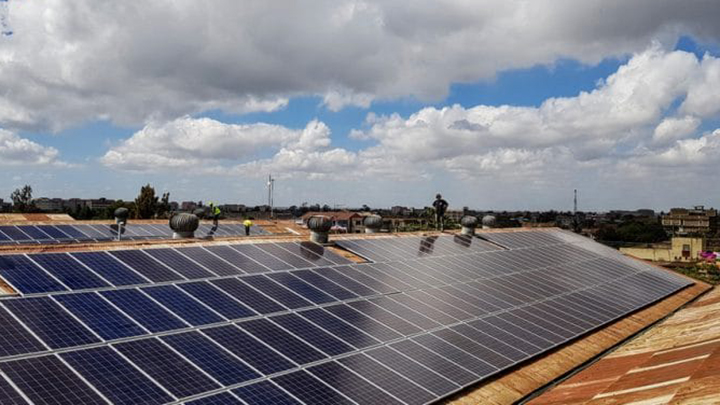
-1756319289.jpg)
